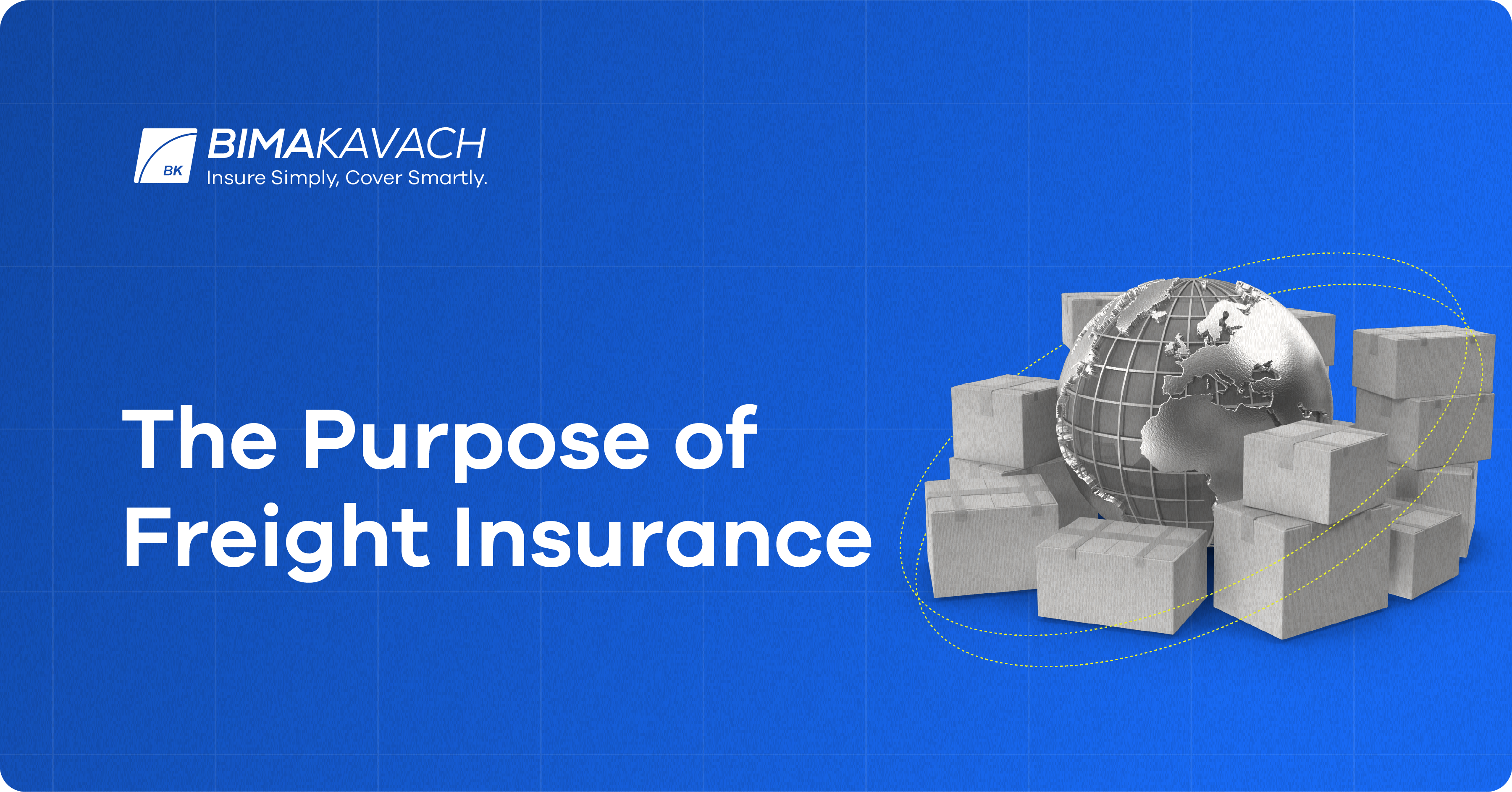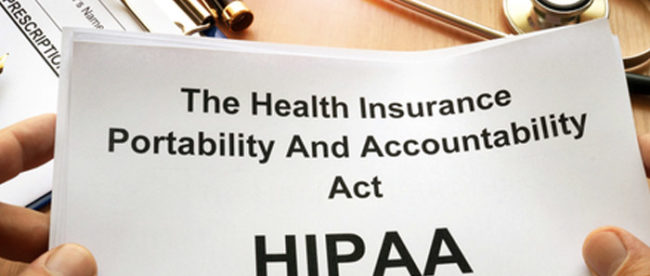The Facts About Pacific Prime Uncovered
Table of ContentsPacific Prime - QuestionsNot known Facts About Pacific PrimeExamine This Report on Pacific PrimePacific Prime Fundamentals ExplainedThe Only Guide to Pacific Prime

This is due to the fact that the data were gathered for a duration of strong financial performance. Of the estimated 42 million individuals who were without insurance, just about concerning 420,000 (regarding 1 percent) were under 65 years of age, the age at which most Americans come to be qualified for Medicare; 32 million were adults in between ages 18 and 65, about 19 percent of all adults in this age; and 10 million were kids under 18 years old, about 13.9 percent of all children (Mills, 2000).
These quotes of the number of persons uninsured are created from the yearly March Supplement to the Existing Population Study (CPS), performed by the Demographics Bureau. Unless otherwise noted, national quotes of people without health insurance policy and proportions of the population with different kinds of protection are based upon the CPS, one of the most commonly utilized source of quotes of insurance policy protection and uninsurance prices.
8 Easy Facts About Pacific Prime Shown

Still, the CPS is particularly useful because it creates yearly quotes reasonably quickly, reporting the previous year's insurance protection estimates each September, and because it is the basis for a regular collection of estimates for more than 20 years, enabling analysis of trends in insurance coverage gradually. For these factors, as well as the extensive use the CPS in various other studies of insurance protection that are presented in this record, we count on CPS quotes, with limitations kept in mind.

The price quote of the number of without insurance people increases when a population's insurance condition is tracked for several years. Over a three-year period starting early in 1993, 72 million people, 29 percent of the U.S. https://disqus.com/by/disqus_tLNq8V4sBK/about/. populace, lacked coverage for at the very least one month. Within a solitary year (1994 ), 53 million individuals experienced at the very least a month without protection (Bennefield, 1998a)
Six out of every 10 uninsured grownups are themselves employed. Working does enhance the likelihood that one and one's family participants will have insurance policy, it is not an assurance. Also members of households with 2 full-time wage earners have virtually a one-in-ten possibility of being without insurance (9.1 percent without insurance price) (Hoffman and Pohl, 2000).
Indicators on Pacific Prime You Need To Know
New immigrants represent a substantial proportion of individuals without medical insurance. One analysis has associated a substantial portion of the recent growth in the size of the united state read this article without insurance populace to immigrants that showed up in the country between 1994 and 1998 (Camarota and Edwards, 2000). Recent immigrants (those that came to the United States within the previous 4 years) do have a high rate of being uninsured (46 percent), however they and their youngsters make up simply 6 percent of those without insurance nationally (Holahan et al., 2001).
The relationship in between medical insurance and access to care is well developed, as recorded later on in this phase. The connection between health insurance policy and wellness end results is neither straight neither basic, a considerable scientific and health and wellness services research literature web links wellness insurance coverage to improved accessibility to care, far better high quality, and enhanced personal and populace health and wellness status.
Degrees of analysis for analyzing the effects of uninsurance. This discussion of wellness insurance coverage focuses primarily on the united state population under age 65 due to the fact that essentially all Americans 65 and older have Medicare or other public protection. It concentrates especially on those without any type of health and wellness insurance for any type of size of time.
More About Pacific Prime
The problems dealt with by the underinsured are in some aspects similar to those faced by the uninsured, although they are usually less severe. global health insurance. Uninsurance and underinsurance, nonetheless, entail distinctly different plan issues, and the approaches for addressing them might vary. Throughout this study and the five reports to adhere to, the primary emphasis gets on persons without medical insurance and hence no support in paying for healthcare past what is readily available with charity and safety net establishments
Medical insurance is an effective aspect affecting invoice of care due to the fact that both individuals and physicians react to the out-of-pocket price of solutions - https://www.domestika.org/en/pacificpr1me. Medical insurance, nevertheless, is neither essential nor sufficient to get to medical solutions. The independent and direct result of health and wellness insurance protection on access to health solutions is well established.
Others will certainly obtain the healthcare they need even without health and wellness insurance policy, by paying for it expense or seeking it from providers that provide care free or at highly subsidized prices. For still others, medical insurance alone does not make sure receipt of treatment as a result of various other nonfinancial barriers, such as a lack of wellness care carriers in their community, restricted accessibility to transportation, illiteracy, or linguistic and social distinctions.
The Single Strategy To Use For Pacific Prime
Official research about uninsured populaces in the USA dates to the late 1920s and early 1930s when the Committee on the Price of Treatment produced a series of records concerning funding physician workplace sees and hospital stays. This problem came to be salient as the varieties of medically indigent climbed throughout the Great Depression.